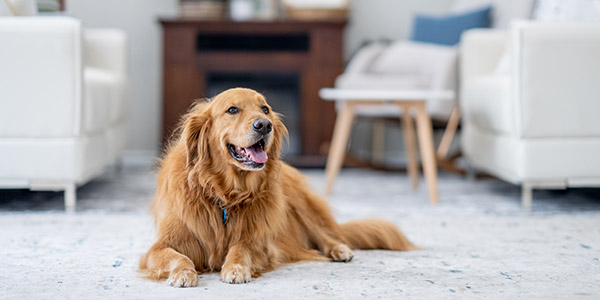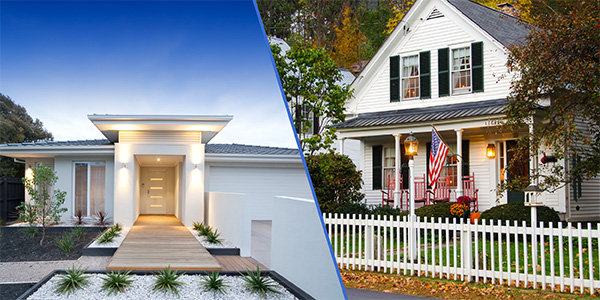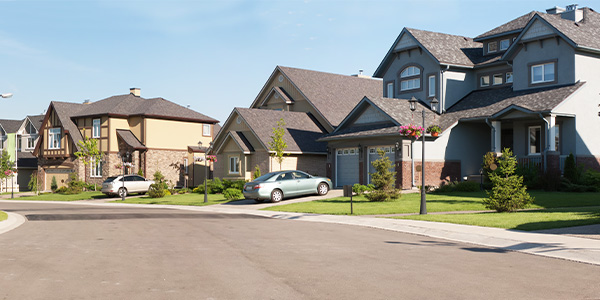Homebuyers
A Dog's Life: Choosing the Right Home for Your Pet
January 25, 2018
It used to be that the type of home you had determined the type of dog you chose. Today, the reverse is increasingly true. A growing number of homebuyers look at properties to determine how well they will meet their current—or future—dog's needs.
New Meaning for "In the Dog House"
A recent survey by Harris Poll found that 33 percent of Millennial buyers purchased a home specifically for their dogs. Only 25 percent mentioned marriage as a determining factor in the decision to buy, while 19 percent cited the birth of a child as the reason for taking the home-owning plunge. Even among Millennials who had not bought a home yet, 42 percent said a dog would be a key consideration in their decision, whether they currently had one or not.
Whether you are a dog owner, expect to be, or want to make sure the home you plan to sell will pass the sniff test, it’s time to take a closer look at what makes a dog-friendly property.
What Dogs Want
When it comes to buying a home with a dog's needs in mind, start with the breed. Some dogs, like Labradors, need more room to run around than others. This is true both indoors and outdoors. As adaptable as animals are to their surroundings, a lot of sharp corners and turns can be rough on larger dogs and their hips. At the other extreme, pugs, for instance, are known to enjoy sofa time and probably just need good TV reception.
All dogs benefit from a fenced-in yard, for their safety, and from nearby walking trails and barklots for socializing. In recognition of this, some newer developments feature dog-friendly parks and walking paths equipped with watering spots, benches for humans, and pet waste stations.
Other considerations include:
- Nonslip options, including carpet, tend to be easier on a dog's joints than slick, highly polished surfaces. Humans, however, often prefer easy-to-clean alternatives that resist scratching. Floors with radiant heat are particularly comforting, especially for older dogs in colder weather.
- Home Ownership Association (HOA) Rules. Properties subject to an HOA often restrict the number and size of pets allowed in each unit. They also typically ban dog breeds that have aggressive reputations. Even homes not covered by HOA rules may be subject to municipal codes that impose similar limits.
- Some HOAs and municipalities impose strict aesthetic rules concerning fences. These may inhibit your ability to replace or erect a fence that would offer your pet better protection against natural threats and prevent them from leaving the yard without your knowledge.
- Insurance Covenants. Some home insurers acknowledge that evaluating a dog's breed versus its behavior is not a reliable means of assessing the risk. However, many will still refuse to insure a home with certain types of dogs in it or boost their premiums to account for the perceived risk. As a dog owner, it pays to shop around. It's also important to know that failure to alert the insurance agency regarding your dog could jeopardize coverage if an incident occurs.
- When you have a dog, maintaining a flawless yard can be more challenging. Some breeds just like to dig! There are also certain plants you will want to avoid to reduce the risk of your pet ingesting something that could make it sick, such as lilies of the valley.
Going to the Dogs
As they have evolved from being "man's best friend" to a member of the family, surveys find dogs are included in more and more everyday activities, whether they are aware of them or not. For instance, owners post about their dogs on social media an average of six times a week. In addition, 11% have created an account for their canine's use. So, it makes sense that the comfort and care of the family dog would also be more of a priority when assessing the features of a home.




